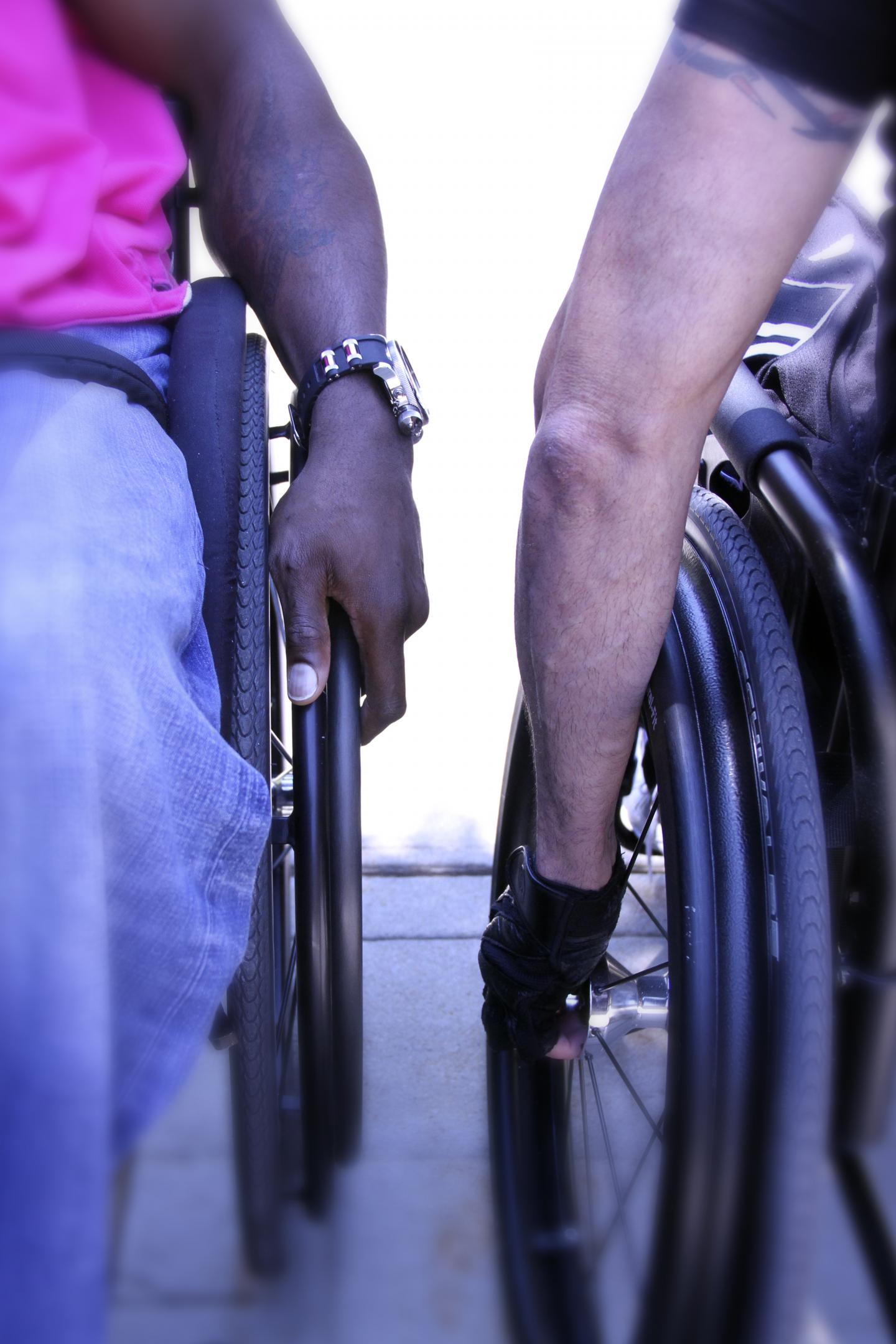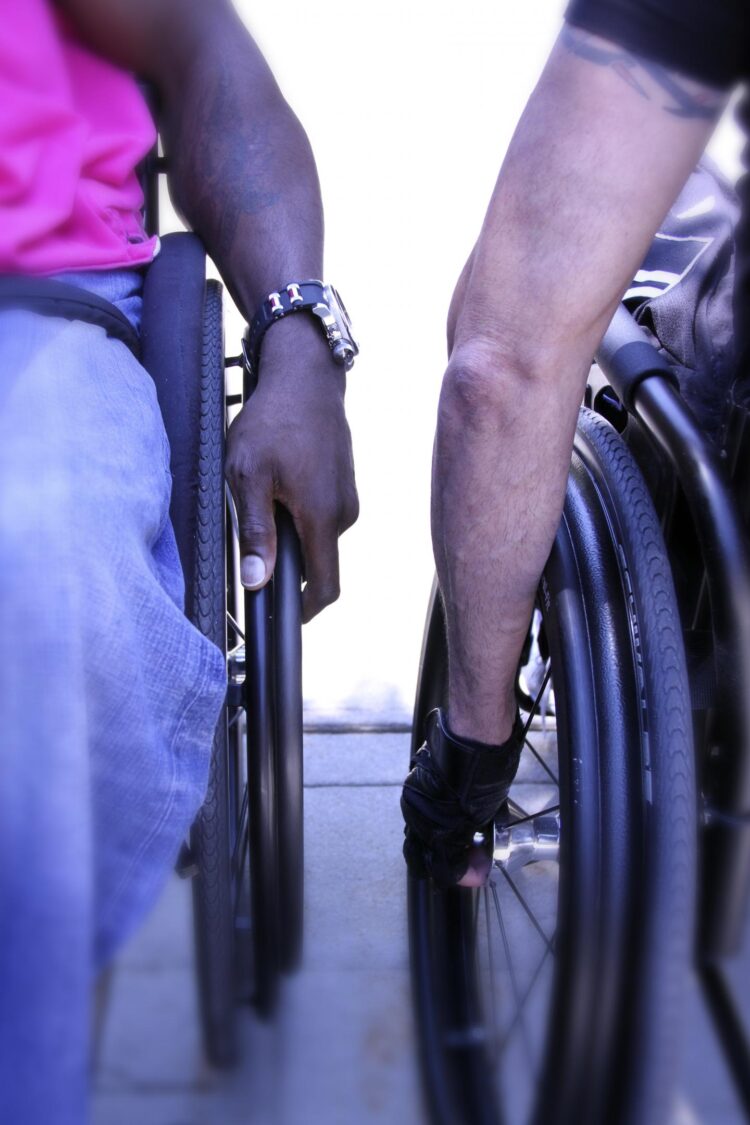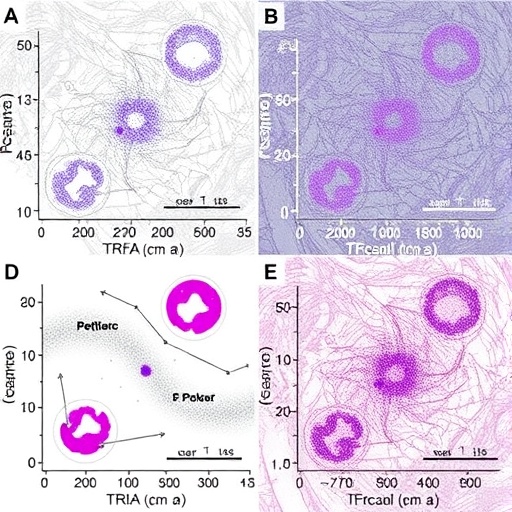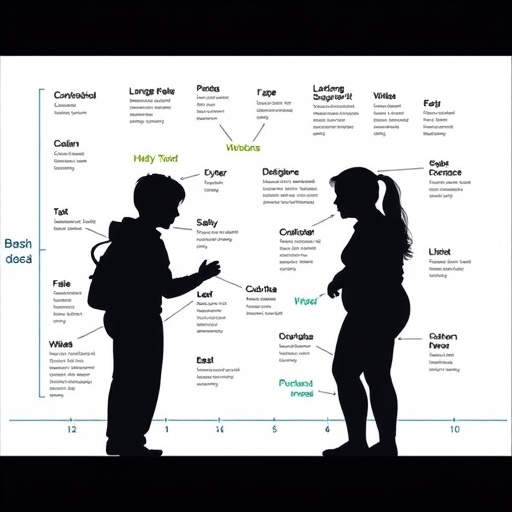Vulnerable populations are most likely to experience negative consequences of wheelchair breakdown, such as missing work or school or being stranded outside the home

Credit: Kessler Foundation
East Hanover, NJ. July 2, 2021. Among wheelchair users with spinal cord injury 42 percent reported adverse consequences related to needing wheelchair repair, according to a team of experts in spinal cord injury rehabilitation. The research team, comprised of investigators from the Spinal Cord Injury Model System, determined that this ongoing problem requires action such as higher standards of wheelchair performance, access to faster repair service, and enhanced user training on wheelchair maintenance and repair.
The article, “Factors Influencing Incidence of Wheelchair Repairs and Consequences Among Individuals with Spinal Cord Injury” (doi: 10.1016/j.apmr.2021.01.094) was published online in Archives of Physical Medicine and Rehabilitation on April 9, 2021.
Denise C. Fyffe, PhD, and Trevor A. Dyson-Hudson, MD, of Kessler Foundation co-authored this manuscript with Lynn A. Worobey, PhD, DPT, ATP (lead author), and Michael L. Boninger, MD, of University of Pittsburgh and Veterans Affairs Pittsburgh Healthcare System; Allen W. Heinemann, PhD, of Shirley Ryan Ability Lab; Kim D. Anderson, PhD, of MetroHealth Rehabilitation Institute; and Theresa Berner, OTR/L, ATP, of The Ohio State University Wexner Medical Center.
For many people with spinal cord injury, wheelchairs are a lifeline. They enable mobility, which in turn facilitates independence and community engagement. In addition, wheelchairs help people manage pain and discomfort by enabling them to change position and manage pressure. It cannot be overstated how critical it is for this population–which, at last count in 2015, numbers 2.7 million in the United States–to have a working wheelchair.
Yet research shows that up to 88 percent of wheelchair users experience a failure, leaving them without a means to get to work, attend medical appointments or educational classes, or maintain a social life outside the home. In some cases, wheelchair failure can result in injury, with breakdowns making people with spinal cord injury almost twice as likely to be re-hospitalized than those with a working wheelchair.
Currently, there are no clinical or industry standards for expected wheelchair maintenance, and fewer than 50 percent of wheelchair users are trained in wheelchair maintenance. This lack of official guidance prevents the implementation of best practices that could significantly reduce adverse consequences related to wheelchair breakdown and time for repair.
In this study, researchers surveyed 533 wheelchair users at nine Spinal Cord Injury Model Systems Centers located across the United States about their experience over the prior six months. The research team aimed to determine how often people require wheelchair repairs, and what the consequences were of needing a repair; how long these consequences were experienced; and whether any trends emerged regarding which users, or which types of wheelchairs, are more likely to need repair.
“We identified a range of adverse consequences of being without a wheelchair that aligned with the lived experience of wheelchair users,” said co-author Dr. Dyson-Hudson, co-director of the Northern New Jersey Spinal Cord Injury System. “The list includes being stranded outside the home or in the home, getting an injury, missing work, school, or a medical appointment, or missing other social events. Our hope is that by finding out more about the most common reasons people need repairs, we can take targeted action to reduce the incidence of repair and the associated cost and other consequences.”
The results demonstrated that more than 50 percent of wheelchair users needed wheelchair repairs within the last six months, with significant associated financial cost and personal consequences. Power wheelchair users and those who were Black were more likely to experience repairs and consequences. For many, consequences lasted for more than two weeks.
Furthermore, adverse consequences appear to hit those most vulnerable with the least financial resources, including users who rely on public insurance. Many participants reported that the cost of repair limited participation inside and outside the home, so as to reduce the risk of damaging the wheelchair. Others reported that the cost of repair prevented them from repairing the wheelchair altogether.
“Based on what we learned in the survey, there are some simple measures, such as providing a borrowed wheelchair to people so they have mobility while their chair is being repaired, that could reduce the adverse consequences,” said Dr. Dyson-Hudson. “Other facilitators include increasing the speed of repairs, training people in wheelchair maintenance, and routinely scheduling follow-up appointments after a repair is made, so any subsequent problems can be caught early.”
###
Funding sources: Supported by the Administration for Community Living (ACL) National Institute on Disability, Independent Living and Rehabilitation Research (NIDILRR) (grant no, 90SI5014) and the National Institute of Child Health and Human Development (NICHD) (grant K23HD096134).
About the Spinal Cord Injury Model System: The Spinal Cord Injury Model Systems (SCIMS) are specialized programs of care in spinal cord injury that gather information and conduct research with the goal of improving long-term functional, vocational, cognitive, and quality-of-life outcomes for individuals with spinal cord injury. Funding is provided through five-year grants from the Administration for Community Living (ACL) National Institute on Disability, Independent Living and Rehabilitation Research (NIDILRR). The 2016-2021 grant cycle comprises 14 SCIMS grantees. Each grantee contributes patient records to a national database, maintained by the National SCI Statistical Center, which tracks the long-term consequences of SCI and conducts research in the areas of medical rehabilitation, health and wellness, technology, service delivery, short- and long-term interventions, and systems research. Each SCI Model System is charged with disseminating information and research findings to patients, family members, health care providers, educators, policymakers, and the general public.
About Kessler Foundation: Kessler Foundation, a major nonprofit organization in the field of disability, is a global leader in rehabilitation research that seeks to improve cognition, mobility, and long-term outcomes, including employment, for people with neurological disabilities caused by diseases and injuries of the brain and spinal cord. Kessler Foundation leads the nation in funding innovative programs that expand opportunities for employment for people with disabilities. For more information, visit KesslerFoundation.org.
For more information, or to interview an expert, contact Carolann Murphy, 973.324.8382, [email protected].
TItLE/CAPTION:
A pair of manual wheelchair users at Kessler Foundation.
While wheelchairs enable mobility for many individuals with spinal cord injury, the need for repairs and maintenance can hinder their ability to engage in their communities.
LOGO:
The logo of the national Spinal Cord Injury Model System funded by the National Institute on Disability Independent Living and Rehabilitation Research.
Media Contact
Carolann Murphy
[email protected]
Related Journal Article
http://dx.





